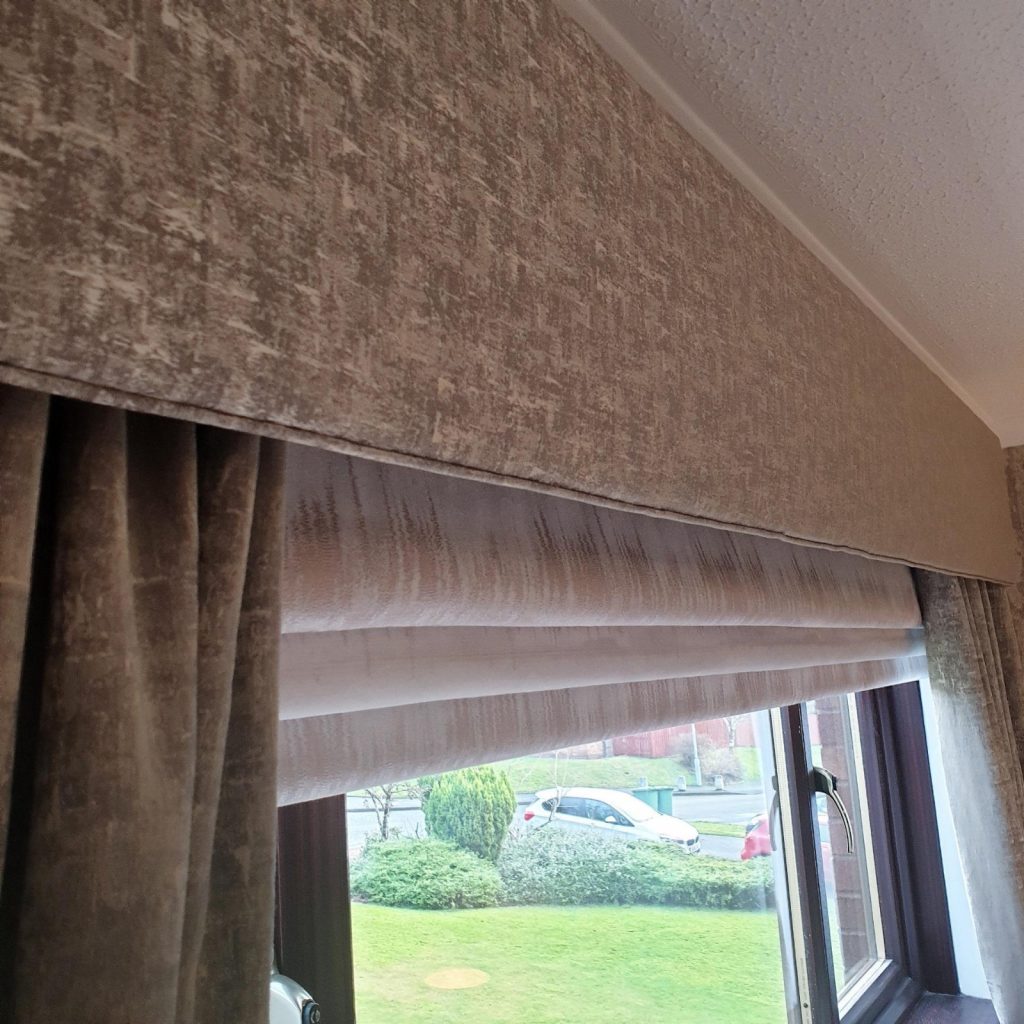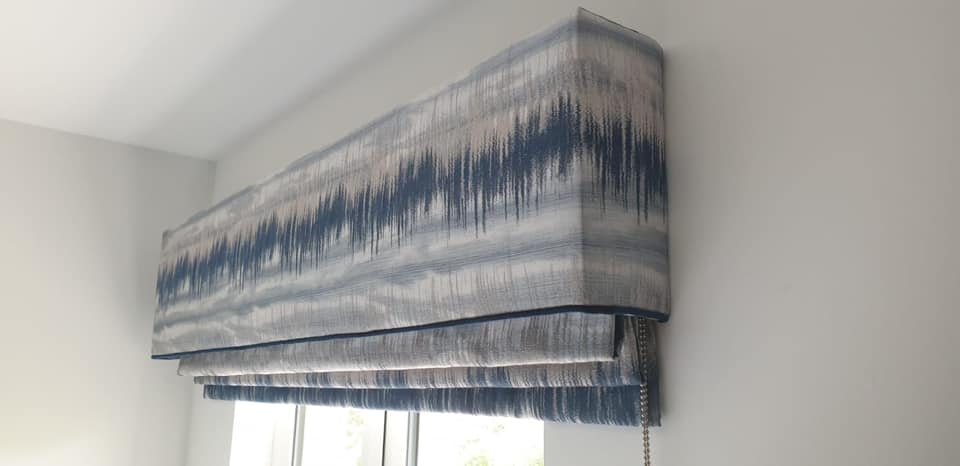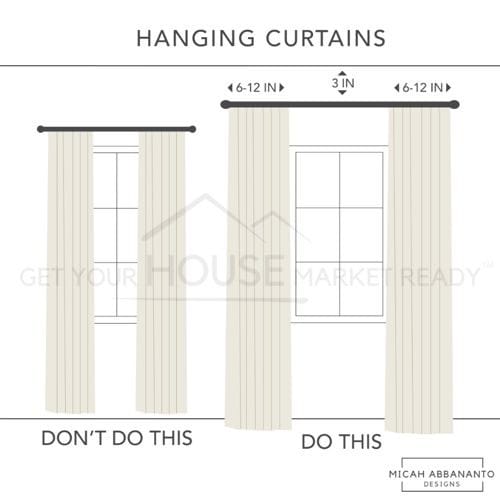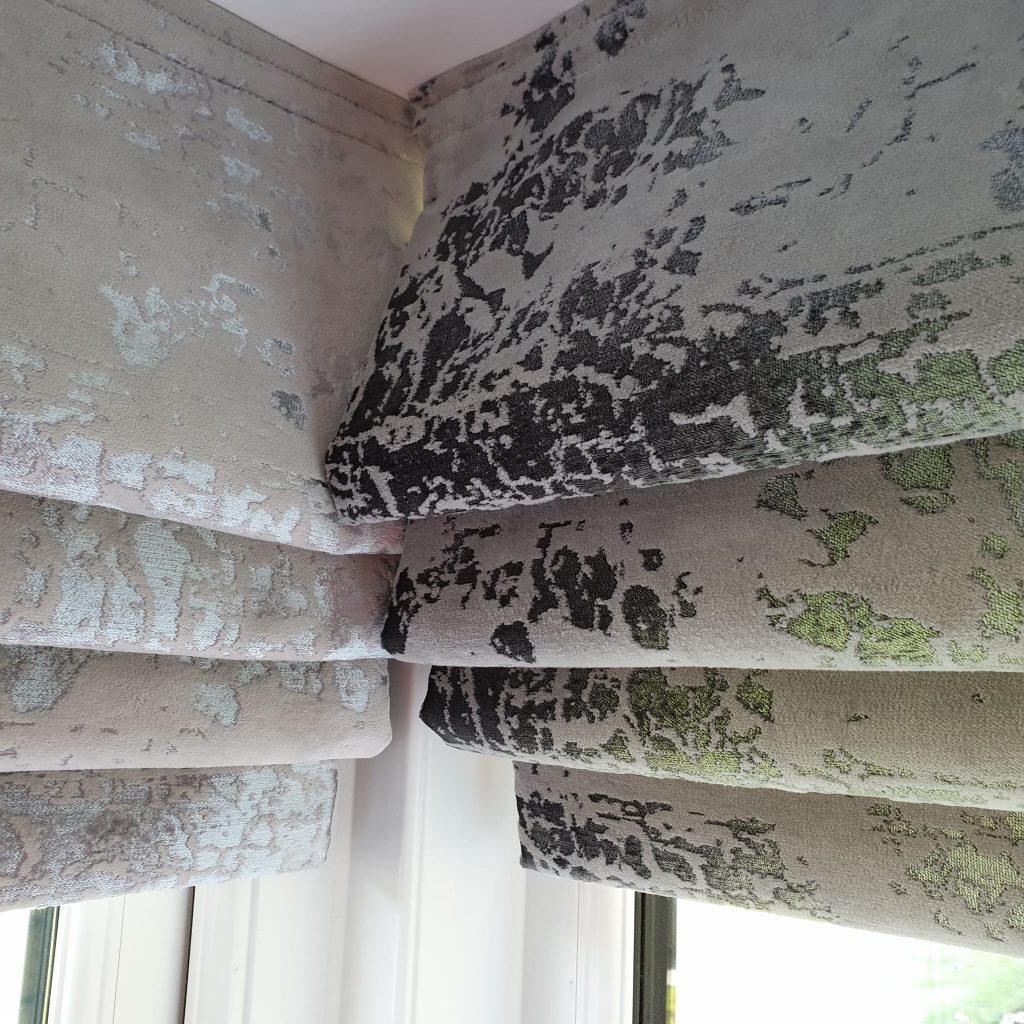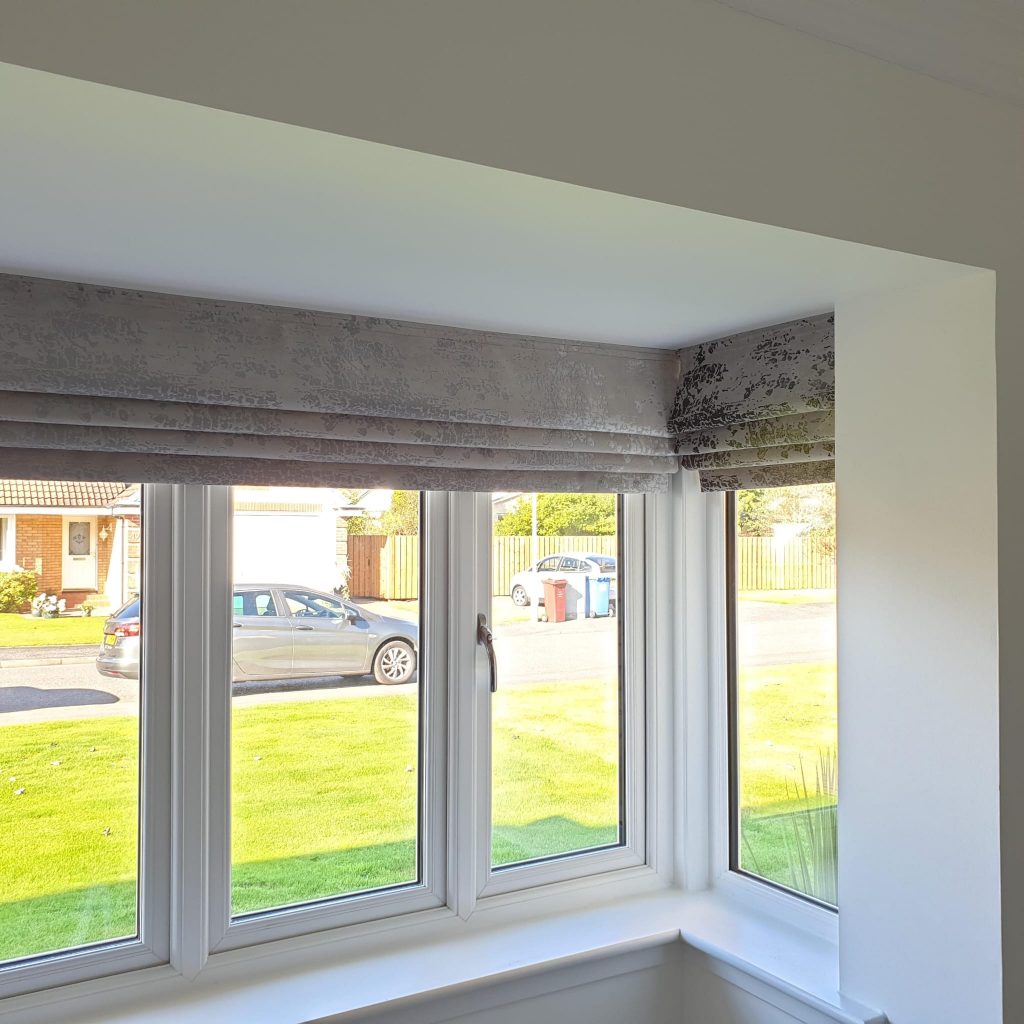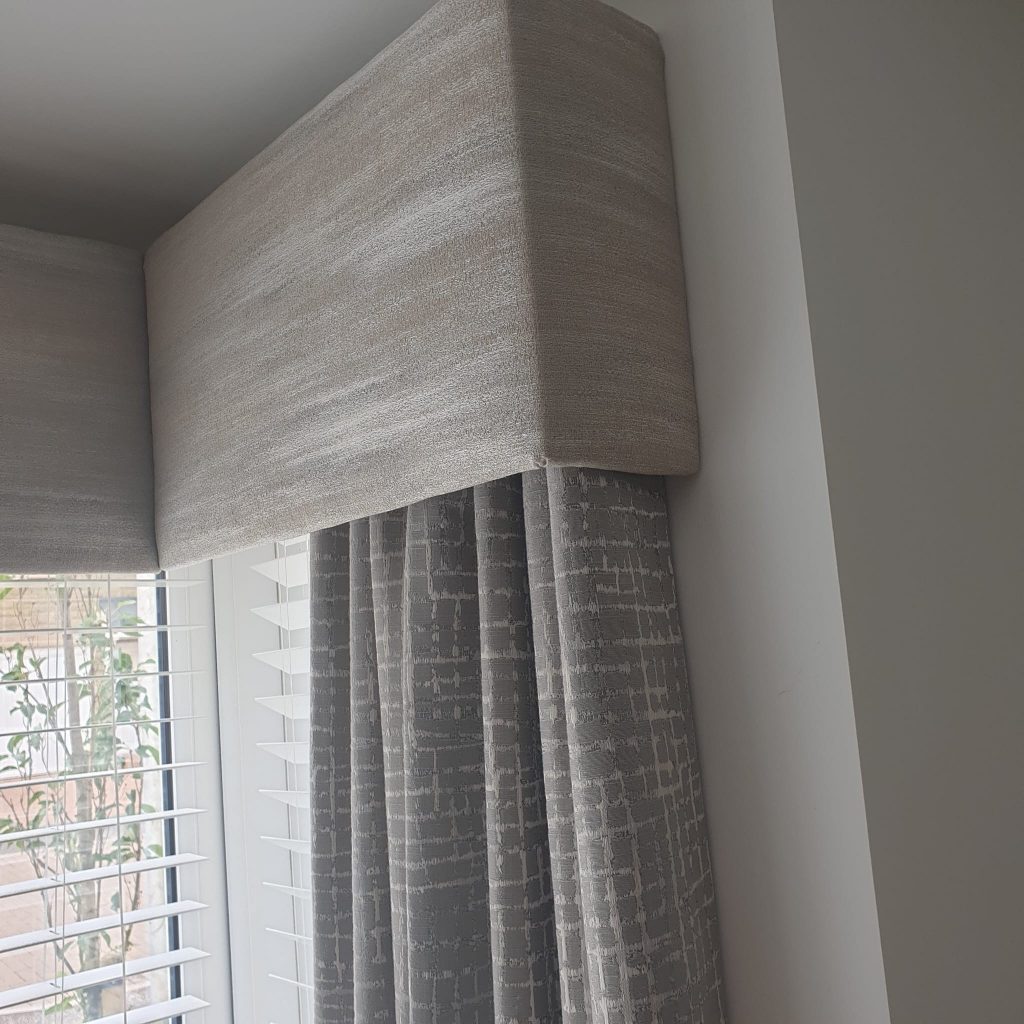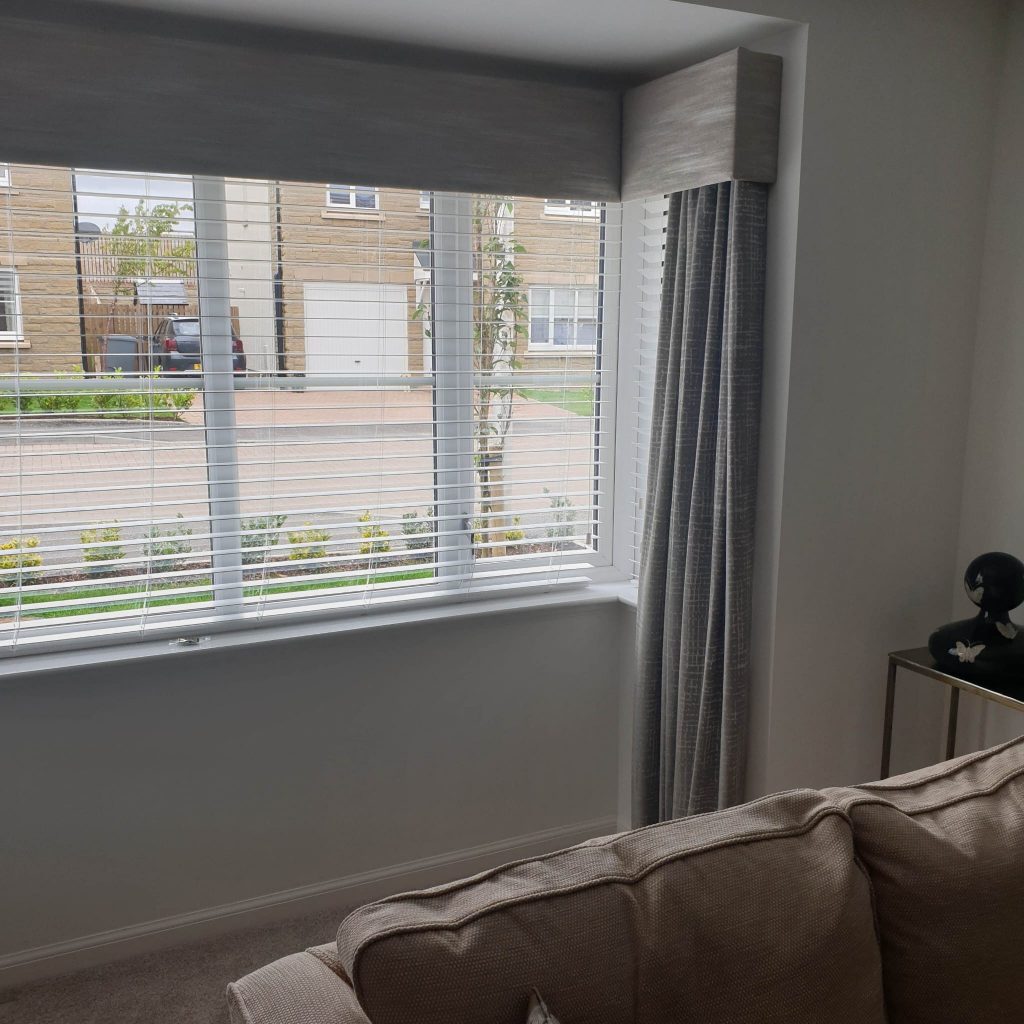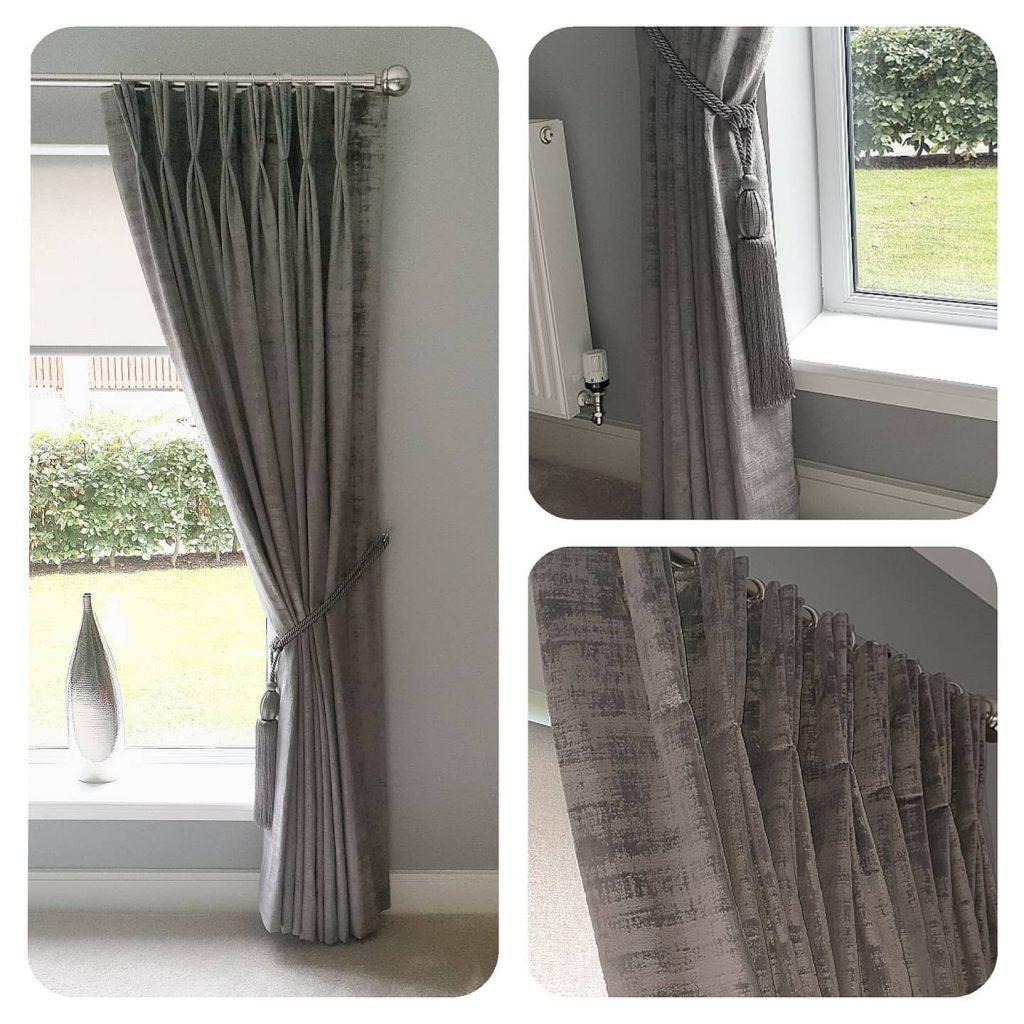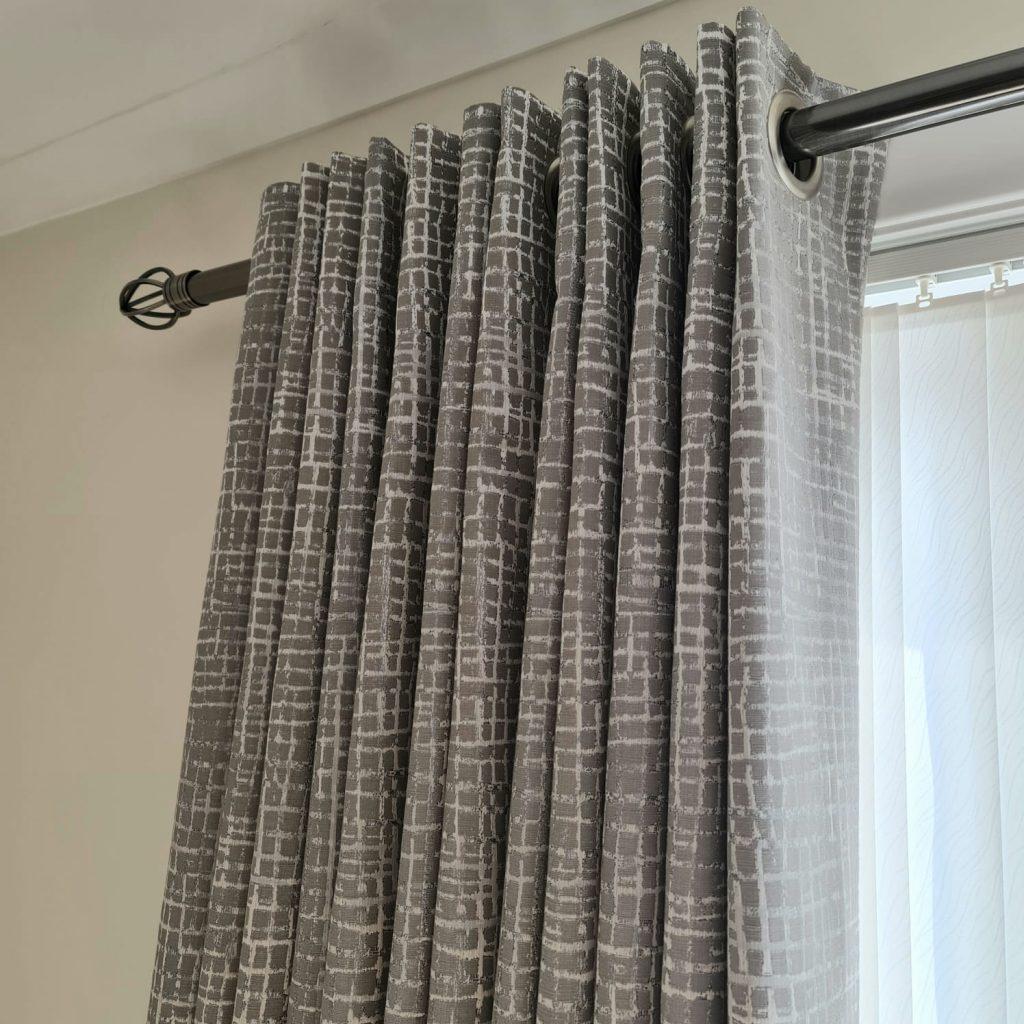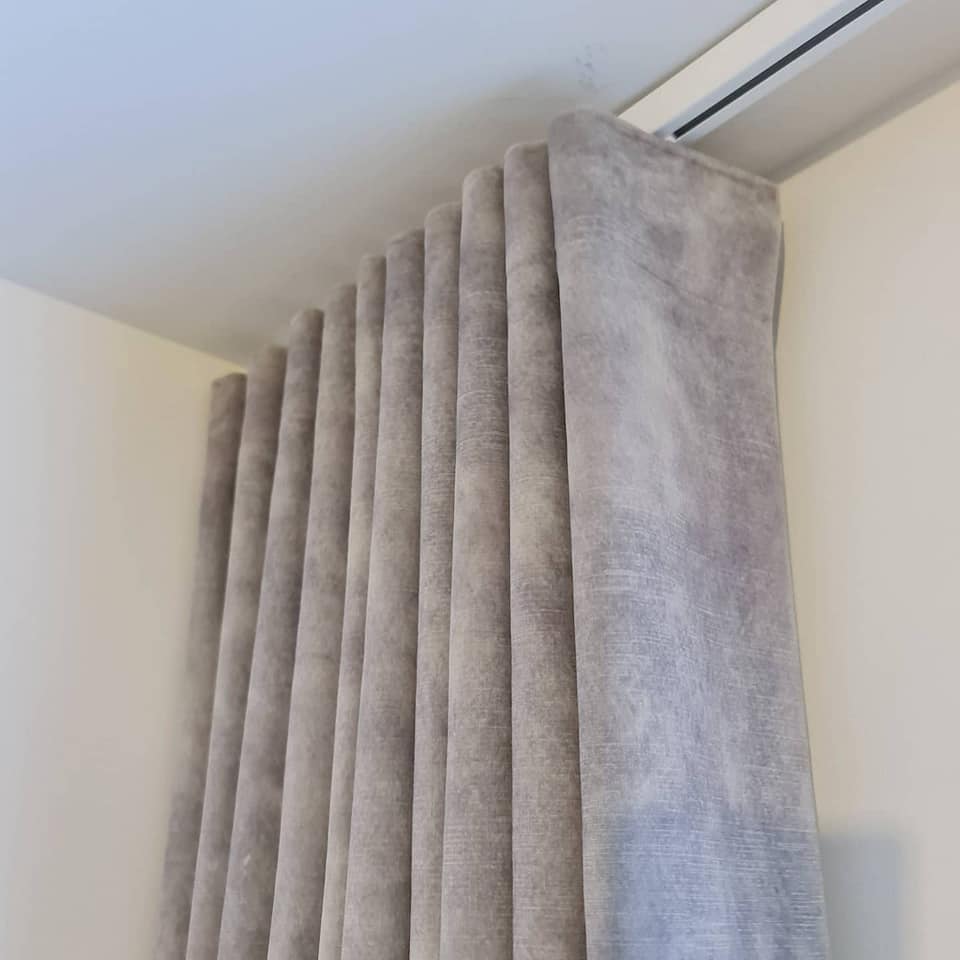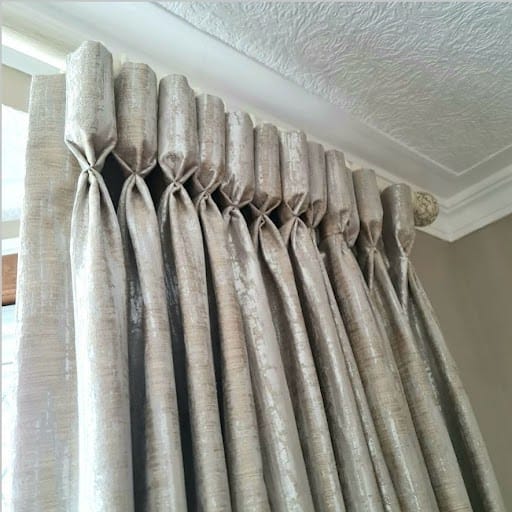How to Dress a window
When it comes to designing a room, what you put on your windows can make or break. There are so many factors that come into play that can affect your choices. Is your room north-facing? Do you have nice views? Are your windows small or big? All of the above and more should be considered when choosing what finishes should be on there. But where do you start?
With most design schemes I put together, I start with how you want the space to feel and what you are using it for. Remember that your house is for all seasons so those light floaty curtains you hang in July may not work in the midst of winter. This can help you decide the colours and patterns of your fabric as well as what linings you want to use. You also might want to consider what is going on outside the window too or if there are any architectural features that you don’t want to be covered and that you even want to compliment.
To shed some light on what type of window furnishing may work best for you I will set out some tips below discussing the most popular options that I use: Curtains, blinds and pelmets.
All three of the aforementioned furnishings can be used in various combinations. An of when this would be beneficial would be for a bedroom that required the light to be at a minimum when in use. I always say that there is no such thing as a complete blackout unless you board up your windows, your eyes will naturally always find any form of light source. However, this would be a way to get rid of as much light as you can.
Start with a blackout blind on the inside of the recess, blackout curtains on the outside of the recess and a pelmet over the top. A tip with this is to have the curtains more than 20cm over the recess at least as the further away from the window itself, the less light will seep through. The type of blind selected will depend on the type of window you have. Roman blinds, roller blinds, Venetians and verticals are not suitable if your windows open inwards for example as they will obstruct the window.
You can install perfect-fit blinds in some cases but you would need to ensure that your type of window is compatible. This combination will also help with keeping the heat in during the winter. As standard, we use bonded lining on our roman blinds giving them better insulating quality. You can also opt for interlining on your curtains which has a similar effect.
Another option to help with the change in seasons is to have a double pole or track with your heavier curtains at the front and some lighter weight voiles at the back giving you the best of both.
Having more than one window dressing can give a sense of luxury. It gives you the chance to mix various patterns and textures to give the window some depth. However, in contrast to this, what if you stayed in the countryside with beautiful views but small windows? Having all three on three would definitely overwhelm the room. If your windows are small, the best thing you can do is give your window coverings space so they can be back from the window as much as you can. The last thing you want to do is put a roman blind over a window that encroaches on the small amount of light that comes through.
To make a window appear bigger, allow space for the curtains to push back out the way of the window when open, also take the curtain pole high up on the wall or even on the ceiling. Tracks are also a good discreet way of getting the curtains to hang from the ceiling rather than a pole if you’re looking for a more modern look. My suggestion, in this case, would be a wave curtain which gives a minimal look.
On the flip side of this, if you have a bigger window, consider whether you would want one large curtain or whether you want to break the space up. Some with bay windows for example separate the window up into two pairs of curtains so as not to have too much fabric over the smaller side windows and to give a bit of balance. With blinds, there will be maximum sizes that blinds can be made to do the space would need to be divided up.
There is a window furnishing for every type of window. There are so many styles that can tie in with your desired look. Where budget allows, stay away from pencil pleat curtains as they don’t hang as well as other heading types. For more traditional spaces, pinch or goblet pleats complement well due to their more decorative style. For a more simplistic, modern look, wave curtains are the go-to. I describe them like eyelets with the rings chopped off. Be aware that specific tracks are required to make this heading work and these can be more expensive than a normal track but in my opinion, it’s worth it.
Tell us how you have dressed your windows or if you have any tips I’ve not mentioned. We’d love to hear.

